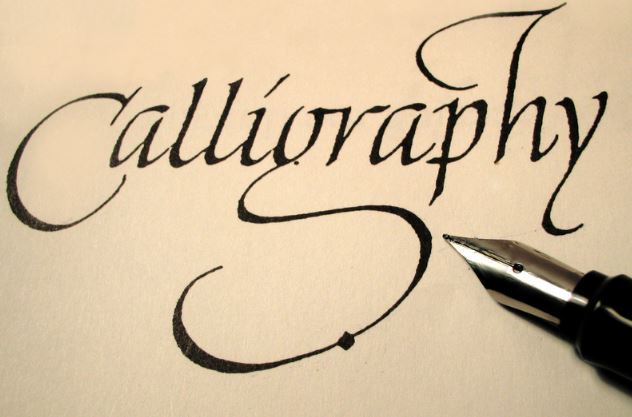Calligraphy, artistic handwriting, or lettering has long been popular as a hobby. However, despite its deep culture in countless countries, most people may not be aware of the mental benefits linked to the practice of calligraphy. Calligraphy is now considered one of the most effective approaches to psychotherapy and treatments for many diseases.
Among the many benefits calligraphy has, the most notable is its ability to enhance cognitive function in people with cognitive impairments. Recently, increasing clinical research on calligraphy handwriting has found calligraphy to have therapeutic effects on many mental disorders, such as Alzheimer’s disease. Since calligraphy can “enhance people’s spatial ability, visual attention, and picture memory,” the practice of calligraphy may play a considerable role in psychotherapy.
In an experiment intended to test the effectiveness of calligraphy on mental health, a sample of 31 adults aged 65 years or older with mild cognitive impairments were either randomly assigned to receive intensive calligraphy training for two months or no calligraphy at all. Surprisingly, the group with calligraphy training showed an increase in their scores in cognitive areas such as orientation, attention, and calculation, all of which declined in their counterparts in the control group. One reasonable explanation for this result could be that “the act of calligraphic writing may train people’s attention and concentration and result in relaxation and emotional stabilization.” Additionally, intellectual leisure activities such as calligraphy may help reduce stress, eventually delaying cognitive deterioration.
Practicing calligraphy provides not only mental benefits but also improves physical health. Clinical evidence supports that calligraphy can “help with behavioral change and emotional stability in patients with depression or cancer.”
Meditation, which “consists of a person comfortably sitting upright and concentrating on a single point continuously with attention,” has been a traditional method used to treat mental conditions. Surprisingly, as a study presents, the practice of calligraphy has been shown to have calming effects similar to meditation. The result of this study indicates that calligraphy training “had a significant attenuating effect of psychological parameters of arousal (heart rate, electromyographic scores, skin temperature, and respiratory rate) in participants suffering from stress on a daily basis.”
The concentration required to do calligraphy flawlessly could decrease the heart and respiratory rates and increase skin temperature, soothing people to reduce stress. In the practice of calligraphy, “the act of brushing required heightened concentration,” which “resulted in physical relaxation.” By practicing calligraphy, people can experience the integration of mind and body.
Calligraphy has massive impacts on both people’s mental and physical health. Therefore, the practice of calligraphy must be highly appreciated and embraced as a psychotherapeutic and a physiotherapeutic approach. Furthermore, with its effectiveness, favorably compared with meditation, health professionals should further establish it as a method for stress reduction and incorporate it in psychology clinics in the near future.
![]()
- South Korea
